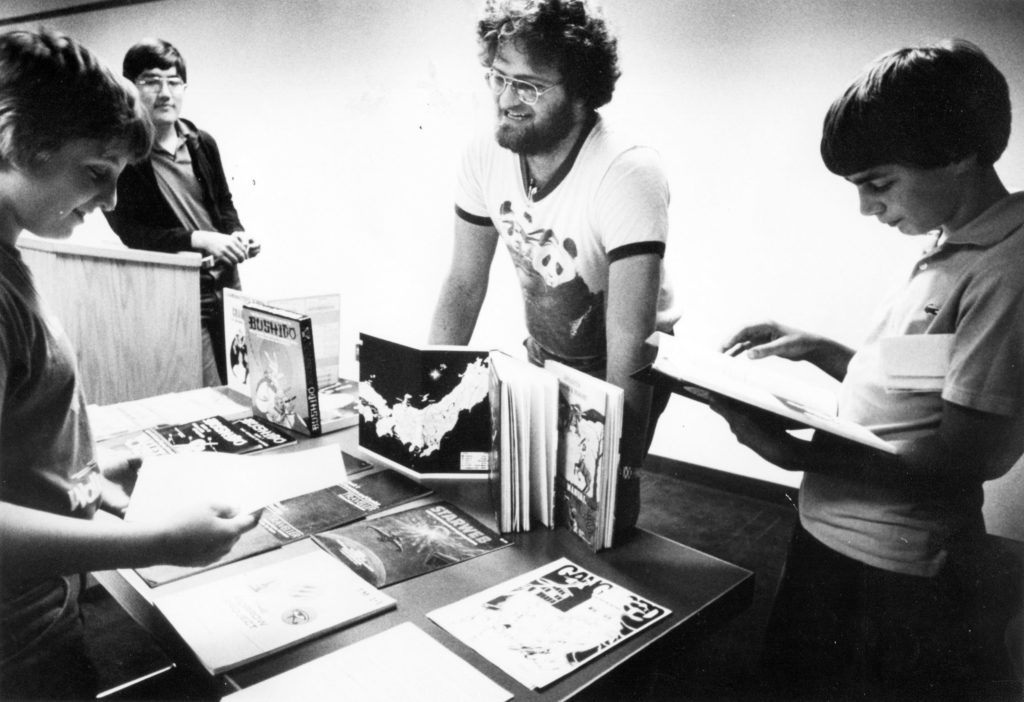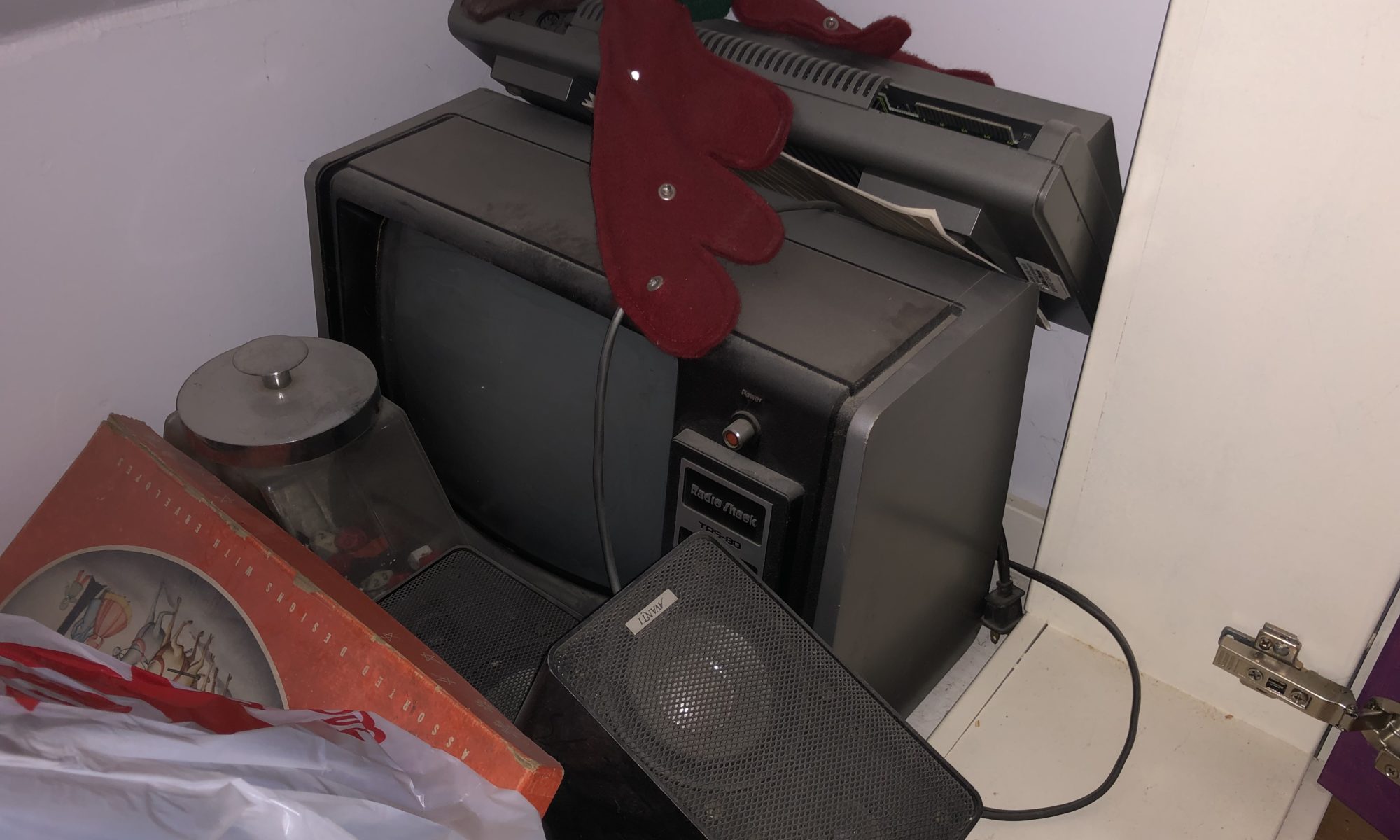RIP to John Roach, the father of the TRS-80 computer.
The TRS-80 wasn’t the first computer I programmed—I had already worked on a series of mainframes and microcomputers in high school and my first two years of college—but in 1982 or so, I convinced a few friends: Mike Ball, Tom Wells, and Chris Lee, to invest a few hundred dollars each in an idea I had for a game company. There was a semi-thriving world of play-by-mail games in the day, where people in a world before the internet and personal computers could play games with each other by postal mail, often adjudicated by someone with a computer. I wrote GANGLORD, a tactical-level gang-warfare game where you controlled individual gang members and selected them to carry out robberies and other actions on and around the blocks you controlled.
Chris was the one with the computer, a TRS-80 with a sticker on the back saying its build date was December 1979. With some of the money, we bought an LNW memory expansion kit and a couple of 5-1/4” disk drives. Given the limitations of home computing storage and memory at the time, it took some work to make things work. Each player’s data was stored on a diskette, and each group of city blocks (amazingly, almost 1600) on another. Game logic on yet another disc. No hard drive, so the game logic would need to be loaded in, then environment and player data as needed.
Player actions were entered, actions were evaluated, and combat between gangs was resolved on a weapon-action basis, with each named gang member and their target identified, as well as the weapon used, plus the results. All printed out on an Epson MX-80 dot-matrix machine.
Aside from the setting—which was unique in a world of big computer-run PBM games set in interstellar space and D&D-influenced hand-adjudicated fantasy PBMs—GANGLORD‘s focus on small-unit actions on an individual level was kind of a new thing, particularly when combined with the ability to name each member of the gang. Sadly, despite the fact that I still have the computer, the peripherals, and the diskettes, I haven’t been able to scare up a copy of the rulebook, a copy of which is sitting on the table in this much-used photo.

I typed up the rules on my friend Melinde Lutz’s fancy proportional-spaced Olivetti typewriter, which put it a couple notches above the standard typewritten or dot-matrix-printed rules for small publishers at the time. Melinde and her then-husband Tucker let me use part of the office in their house for operations. Marcel—who also did the art for EUCON, the science-fiction convention I put together—did a great cover for the book which (again) I only have via that photo.
The whole thing was horribly undercapitalized. I think we ran one or two ads—I’ve got to dig into my copies of Autoduel Quarterly—but we hit a wall with just a couple dozen paying customers. I got some great comments from folks at several established PBM developers, including a couple very soft inquiries about buying the game—but it was such a work-in-development at the time I didn’t think there was any way I could turn it over. The process of running the game involved long sequences of swapping diskettes in an out of the drives, which worked for the scale I had, but might not have been very scalable. I thought if I could get the game to a point where it was running well, then it would be time to talk to people about the next step. But it never got there.
Anyway, that’s my TRS-80 story, sort of.
